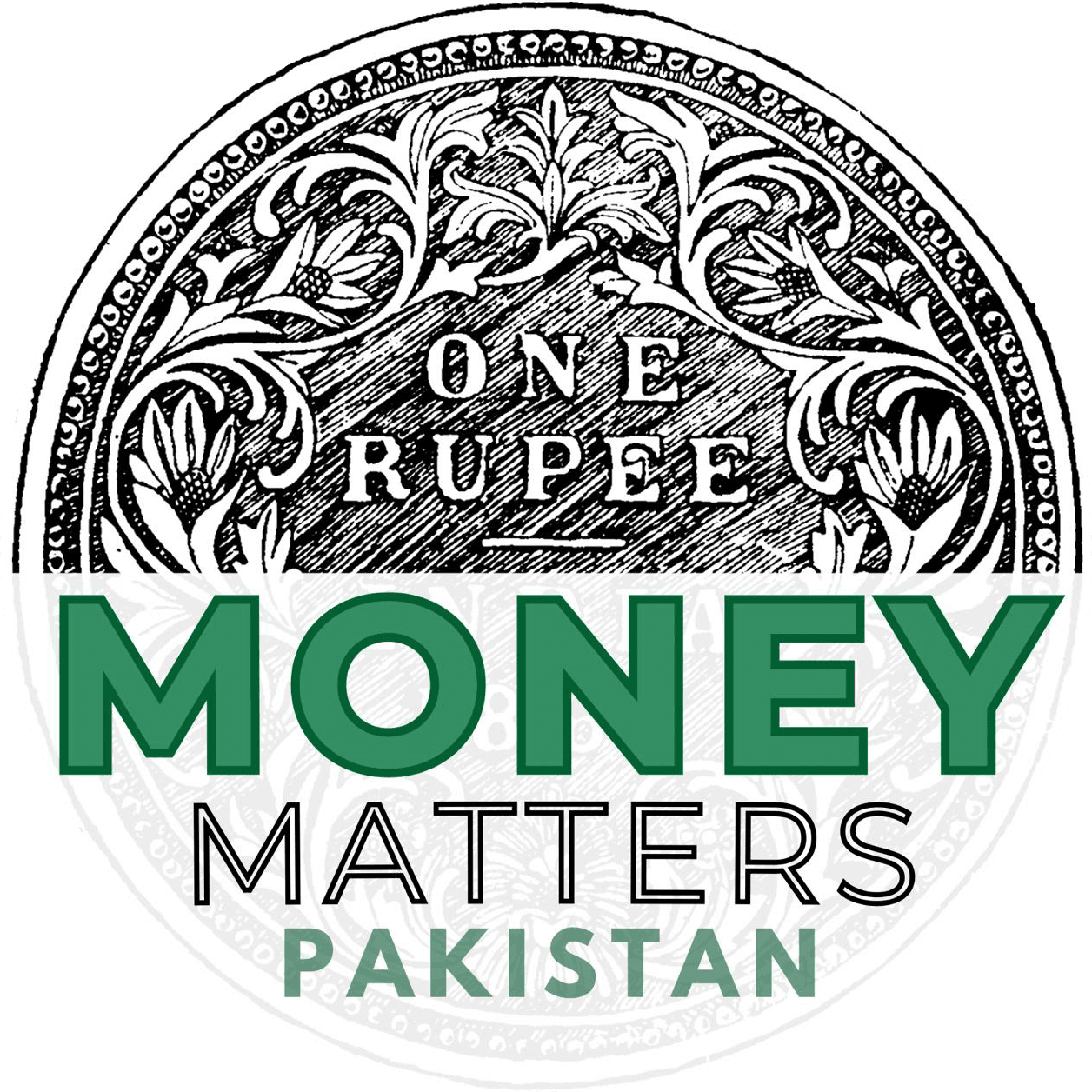Islamabad, Pakistan – The Pakistani government will present its annual budget on Wednesday, seeking to balance domestic commitments to the country’s 240 million people and demands of fiscal prudence from the International Monetary Fund (IMF) – a key source of loans.
Aiming to increase its gross domestic product (GDP) growth rate to more than 3.5 percent from 2.38 percent in the outgoing fiscal year, the country is looking to revive its economy, which has faced a nearly two-year slump following political volatility.
Pakistani authorities have held multiple meetings with the IMF recently. Prime Minister Shehbaz Sharif, who came to power as the head of a patchwork coalition after the February elections, has been at the forefront of these efforts.
Sharif recently travelled to Saudi Arabia, the United Arab Emirates, and China – countries considered Pakistan’s closest allies and key to supporting its economy – to discuss opportunities for driving foreign direct investment in Pakistan.
But is Pakistan’s economy showing signs of revival? Are the government’s measures helping everyday people? And what do analysts think the next budget should prioritise?
Is Pakistan’s economy truly showing signs of revival?
Latest figures from the country’s central bank and international bodies like the IMF paint a cautiously optimistic economic forecast.
Pakistan’s inflation, which had skyrocketed to 38 percent a year ago in May 2023, has slowed down to 11.8 percent over the past 12 months, as reported by Pakistan’s Bureau of Statistics. A kilogram (2.2 pounds) of wheat, which would cost more than 130 rupees ($0.47) last year in May, is down to 102 rupees ($0.37) this year.
Fuel prices have also shown a declining trend, down from 288 rupees ($1.03) per litre (0.26 gallons) in May 2023, to 268 rupees ($0.96) per litre at present.
The country’s foreign exchange reserves with the central bank, which had dipped as low as $2.9bn in February 2023 – enough to cover just three weeks of imports – have now improved to more than $9bn, roughly the average amount over the last six years.
Similarly, the Pakistani rupee, which had lost more than 60 percent of its value against the United States dollar in the past two years, has now somewhat stabilised at 280 rupees against one dollar.




